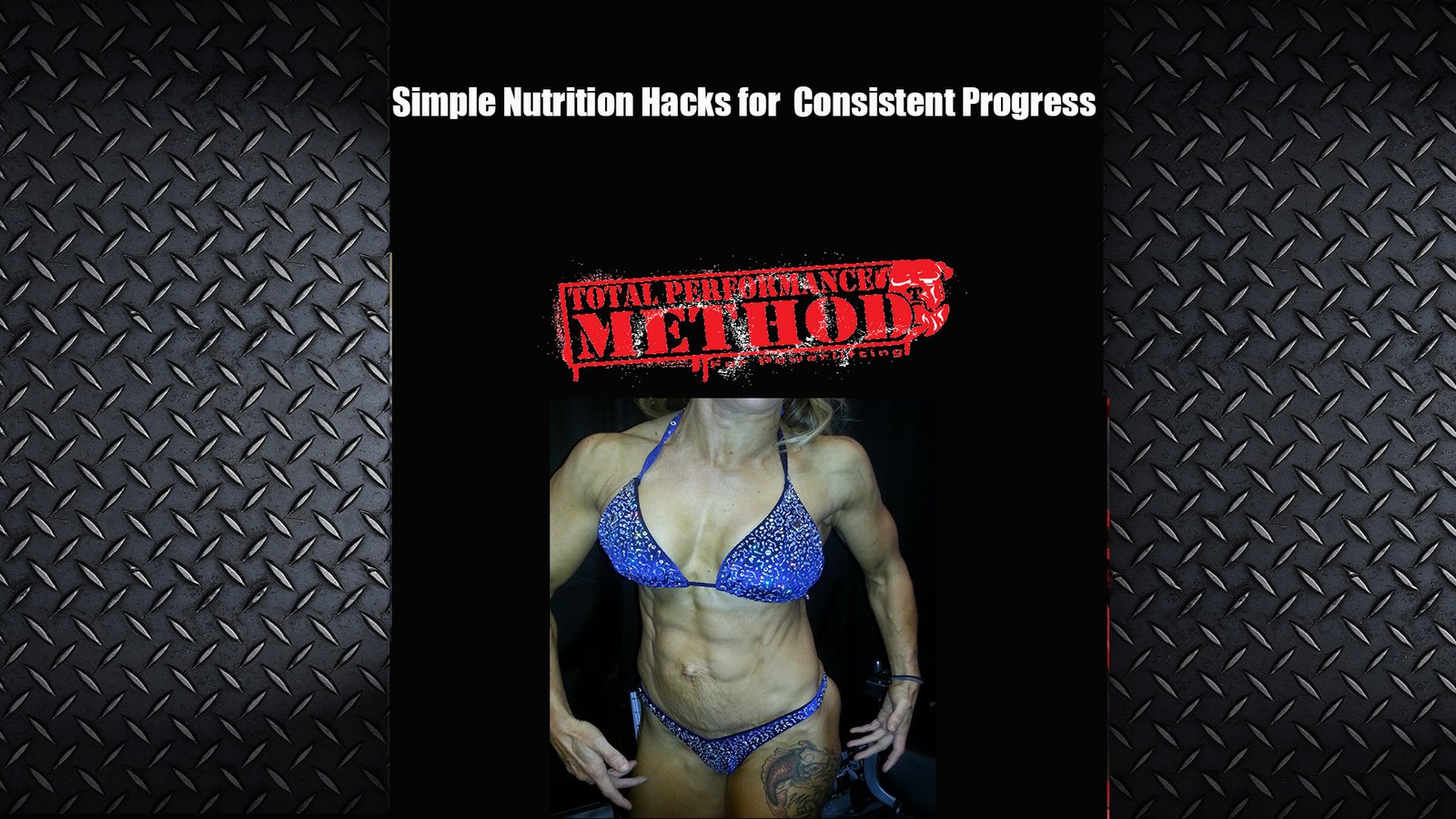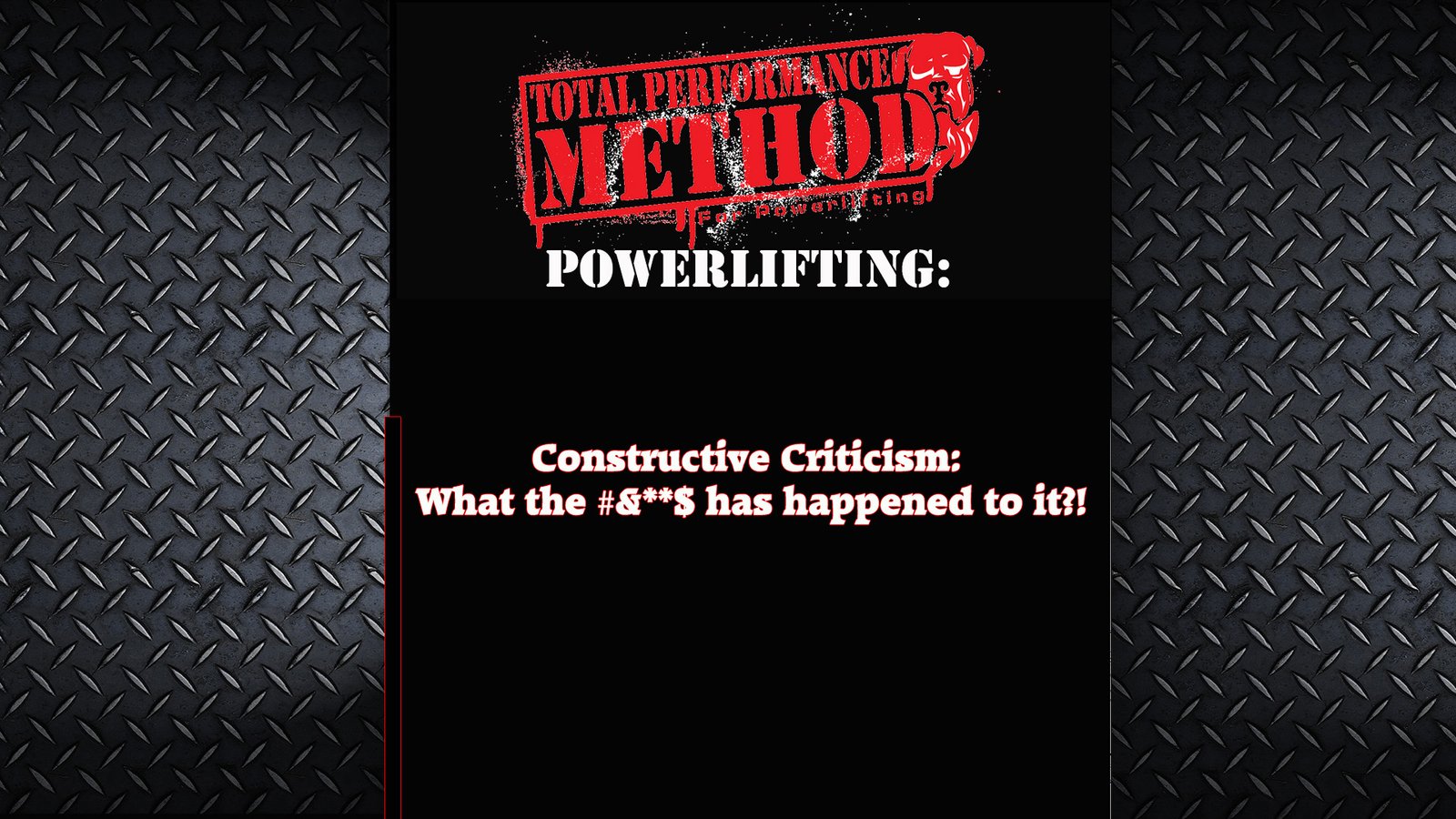Molly Galbraith of Girls Gone Strong answers questions about confusing workout information for women. How should women workout?
“Hi Molly!
I have a question for you.
I’ve recently started working out and I feel like there is a lot of confusing information. Some websites say that women should be doing full body workouts a few times a week to lose fat, and that’s what I was doing, but a guy at my gym who used to be a bodybuilder was telling me that I should be doing 1-2 body parts a day, 5-6 days a week for best results. I like what I’m doing now, but I would definitely like my arms, legs, and shoulders to look more toned, and I’m not sure who I should listen to. Can you help?” – Vera S.
Hi Vera!
First, off, thank you for submitting this question. I get this question often so I am confident others will benefit from the answer.
As with anything regarding nutrition and training, there isn’t really a hard-and-fast answer to this question. How much “isolation” work you need will vary from person to person based on: training age/experience, strength levels, overall aesthetic goals, hormonal makeup, and genetic predisposition for muscle growth, among other factors. (I say “isolation” in quotations because I think we all know it’s impossible to truly isolate a muscle group, but that’s a discussion for another day).
To give you an extreme example: a 30 year old competitive male (or even female) bodybuilder who has been lifting for 15 years and is training purely for muscle growth, will need significantly more isolation work than a 50 year old woman who is new to strength training and just wants to look better and feel better.
Since you have expressed that you want to have more muscle tone, I’ll assume you want a relatively lean and lightly muscled look; a look many women seem to desire these days, and I will base my answer on an “average” woman wanting to achieve those goals.
But first, I’ll be completely honest, I have been on both ends of the spectrum. When I first started lifting, I absolutely abused the heck out of body part splits. There were days I literally trained, “rear delts, forearms, and calves,” or “hamstrings, front delts, and obliques.”
Looking back now, considering I was just getting started with lifting, there was absolutely no need for me to be breaking my body part splits down like that. I needed to focus on learning to manipulate my own body weight via squats, deadlifts, push-ups, pull-ups, planks, split squats, and other big movements, and I needed to focus on getting stronger in the big lifts. Period.
Fast forward to the last few years and I absolutely despise isolation work. I hate doing biceps curls, lateral raises, skullcrushers, or calf raises…ugh. I’d much rather be squatting, deadlifting, snatching, pressing, or pulling.
That being said, isolation work does have its place, and I am starting to realize that I could benefit from more isolation movements. I know my chin-ups could benefit from some biceps work, my bench press and my Turkish Getups could benefit from some triceps work, and I definitely don’t train my hamstrings as a knee flexor nearly as often as I should.
So, as you can probably imagine, the answer is somewhere in the middle for most females who want to look better and feel better.
Focus mainly on the bang-for-your-buck compound exercises like squats, deadlifts, presses, rows, lunges, and swings 3-4 days a week, and supplement with a few sets of the smaller isolation movements 1-2 days a week.
So what’s the best way to incorporate isolation movements? Here are 3 of my favorite options:
1. Place isolation movements at the end of your workout.
This one is simple enough. After you do your big lifts, throw in a few isolation exercises at the end. You can do them in super-set or circuit fashion, or just do the individual exercises with plenty of rest in between. Your choice. An example might be:
A. Barbell Bench Press
4 sets of 5-6 reps
B. Chin-ups
4 sets of 6-8 reps
C1. 1 Arm DB Rows
3 sets of 8-10 reps
***superset with***
C2. Lateral Raises
3 sets of 10-12 reps
D1. Lying DB Triceps Extension
2-3 sets of 8-12 reps
***superset with***
D2. DB Hammer Curls
2-3 sets of 8-12 reps
2. Incorporate a “beach body” day.
If you lift heavy 2-3 days a week doing all of the major compound lifts, sometimes it can be fun to have a “beach body” day at the gym. This is the day where you focus on all of the “beach muscles” or “vanity muscles” that so many people love training. Here is an example:
A1. Leg Extension
4 sets of 8-12 reps
***tri-set with***
A2. Leg Curl
4 sets of 8-12 reps
***tri-set with***
A3. Calf Raises
4 sets of 15-20
B1. 3 Way Shoulder Raise (front raises, then lateral raises, then rear delt raises)
3 sets of 20 reps each direction
C1. Triceps Pushdowns
3 sets of 12-15 reps
***tri-set with***
C2. EZ Bar Barbell Curls
3 sets of 12-15 reps
***tri-set with***
C3. Hanging Leg Raises
3 sets of 12-15
3. Use isolation exercises as an “active rest” in between conditioning movements.
You can make this as simple or as complicated as you’d like. If, for example, you were planning on doing (12) 30-yard Prowler Sprints, you could pick 3 exercises and do them for 4 sets each in between pushes. For example: lateral raises, alternating dumbbell curls, overhead triceps extensions.
Your workout would look like this:
30 yard Prowler Push
Lateral Raises
30 yard Prowler Push
Lateral Raises
30 yard Prowler Push
Lateral Raises
30 yard Prowler Push
Lateral Raises
30 yard Prowler Push
Alternating DB Curls
30 yard Prowler Push
Alternating DB Curls
And so on and so forth until you have completed 12 Prowler pushes, and all of your isolation work.
You could also pick 3 exercises for conditioning, (i.e. KB swing, sled drag, medicine ball slam) and 3 isolation movements and pair them together.
A1. KB Swing
3 sets of 8-10 reps
***superset with***
A2. Lateral Raises
3 sets of 10-12 reps
B1. Backwards Sled Drag
3 sets of 30 yards
***superset with***
B2. DB Curl
3 sets of 8-12 reps
C1. Medicine Ball Slam
3 sets of 8-10 reps
***superset with***
C2. Triceps Rope Pressdown
3 sets of 8-12 reps
As you can see, there are dozens of ways to fit isolation work into your programming, while still prioritizing the big lifts. Give one of these programs or workouts a try a let me know what you think!
Molly Galbraith is a certified strength and conditioning specialist from Lexington, Kentucky and co-founder of the wildly popular Girls Gone Strong group, a movement dedicated to changing the way women train.
She is also co-founder of J&M Strength and Conditioning, one of the most highly regarded private studio gyms in the country for training women.
Her mission is to, ”Help women discover what their best body looks and feels like, with minimal time and effort, and once they discover that, help them give themselves grace and compassion about it.”
She has been an expert contributor to magazines like Oxygen and Experience Life, and she’s no stranger to the gym herself. She he has competed in both figure and powerlifting and her best lifts include a 275-lb. squat, a 165-lb. bench press, and a 341-lb. deadlift.
You can find out more about Molly by visiting her website, and you can keep up with her latest adventures on Facebook and Twitter.








Leave A Comment